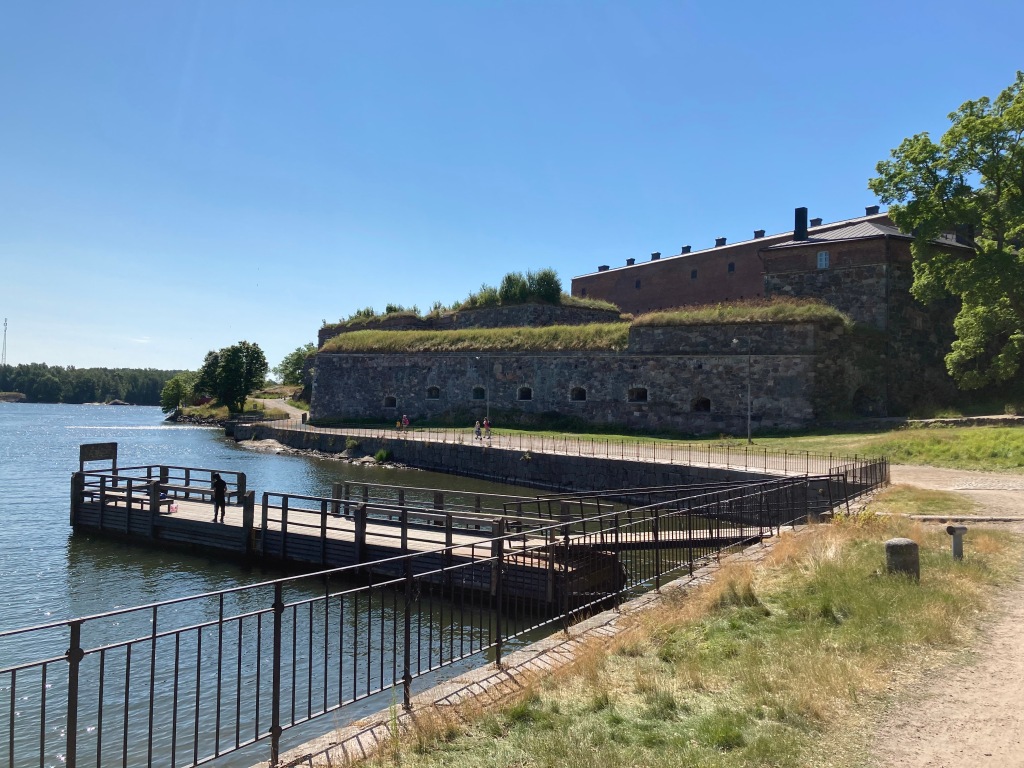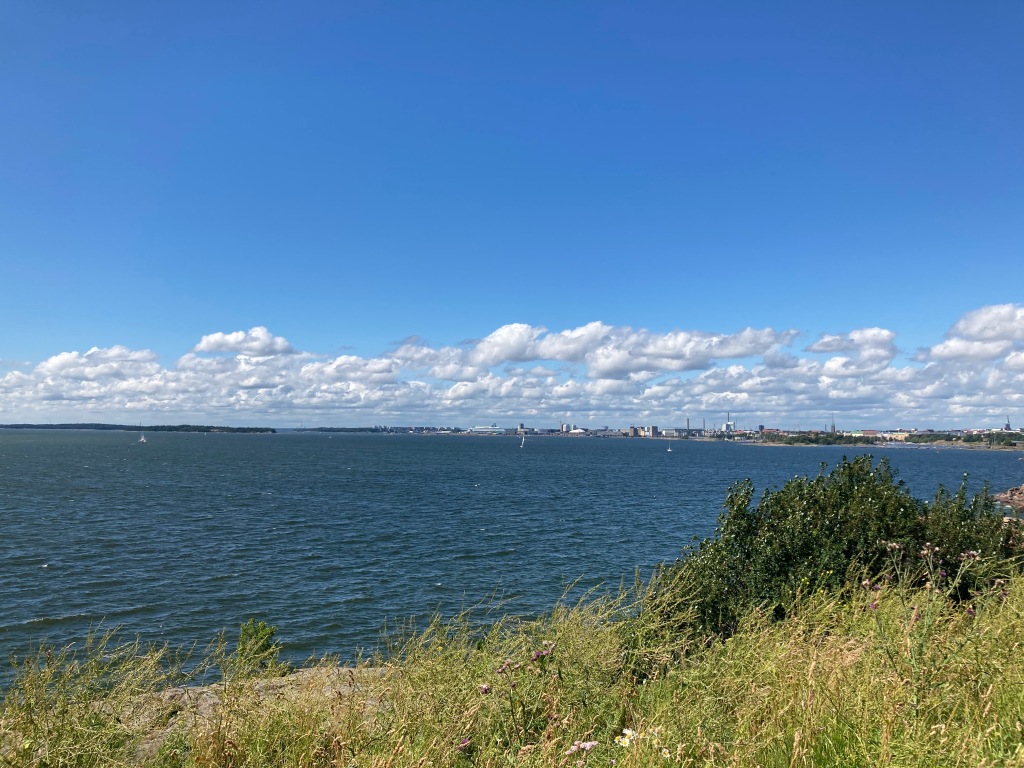This summer most of the students had the opportunity to undertake an internship. Some of the students have shared their responses below.
Questions
1. Where did you undertake your internship?
2. Could you tell us about your educational background?
3. How did you get this internship?
4. Tell us about your duties/tasks during the internship?
5. What was the best part about your internship?
Sean’s response:
1. I worked on a summer internship with the Danish company DBI, located in Copenhagen, Denmark.
2. I went to a community college (2-year college) to take courses to become a firefighter. There I got my EMT license and was studying paramedicine. After a year I transferred to a 4-year university, Eastern Kentucky University. There I received a degree in Fire Safety Engineering. I then worked for three years as an R&D engineer at a company called Janus Fire Systems where I designed and tested fire suppression systems.
3. I applied for this internship through the company’s website. I heard of the internship when reps from DBI presented the company and internship opportunities to IMFSE.
4. The project I was assigned was to address the fire risk of electric vehicles aboard ro-ro ferries. It was primarily just a literature review of detection and fire control options that could apply to the hazard. My contribution was a preliminary review and research for a year-long project that DBI was awarded to start after my internship ended.
5. Getting paid! Other than that, the freedom of investigation and lack of rigid structure was a pleasant change from what I was used to in my last job. Also, the food in the cafeteria was great every day.
Stephen’s response:
1. I did my internship at FPC Risk at its headquarters located in Antwerp, Belgium.
2. My qualifications include: BEng in Civil Engineering from the University of Liverpool (UK) Graduate of the Institution of Fire Engineers, UK fire and rescue qualifications.
3. One of our early lectures in year 1 given by Kevin Smeyers on industrial fire safety led me to become interested in the company. I kept in touch with the people at FPC and they asked if I would be interested to join them for a month.
4. I have worked on a number of varied projects including Hydraulic calculations (KY Pipe) for Total Pertochemical Plants in France, Evacuation calculations (Exodus) for a local shopping centre, heat transfer calculations for determining if two industrial units were an adequate space apart and some work on heritage protection (which I had a background in due to the fire service). The company also invited me to present at their monthly technical review meeting on my thesis topic.
5. Everything! FPC is an amazing company with amazing people. They welcomed me with open arms and have been really helpful in assisting me to perform my role. They have given me responsibility which I was very happy with. I have learned an awful lot and will hopefully apply to join their team when I finish. I am so grateful they gave me the opportunity to participate in such a fantastic experience. I would highly recommend anyone looking for an internship to apply to FPC.
Lea’s response:
1. I undertook my internship at Dar group’s Beirut office. It’s an international engineering consulting company mainly based in the MENA region with almost 18000 employees.
2. Graduated high school with a General Science degree, then pursued a bachelor’s in Mechanical engineering at the Lebanese American University.
3. After failing to score a paid internship in Europe I decided to go back home for the summer then remembered Dar had a big office in Beirut. I looked up fire safety engineers at Dar on Linked in and found the person who ended up being my supervisor, I messaged him asking for an internship opportunity and they immediately said yes.
4. I had the chance of working on different projects in the Gulf such as aircraft hangers Dubai, an extension to an airport in Qatar and a heritage site in Saudi Arabia. My tasks included risk assessment, evacuation calculations, application of NFPA, British Standards and local codes and writing up reports.
5. The best part was the chance of presenting my work to the Authority Having Jurisdiction (AHJ) and getting to push my ideas forward, in addition to working in coordination with the civil engineering, electrical engineering and mechanical engineering departments.
Edwin’s response:
1. I did my summer internship at Promat, Tisselt, Belgium. Most of the internship was online.
2. Civil Engineering from National University of Colombia. MSc in Structures from the same university.
3. I sent my motivational letter to Lies in November of the last year and around March/April they told me that they were interested.
4. The primary purpose of the following study is to perform a model to identify and understand how COMSOL tools can be employed to simulate the spalling in concrete slabs.
5. The best part of the internship was when I could visit the company. I did a “tour” around the laboratories and the factory.
Shaunak’s response:
1. I undertook my internship at Fennovoima, Finland. It’s a Finnish energy company and the office in which I worked was situated in Helsinki.
2. After secondary school, I went for vocational training (Mechanical Engineering) and then did my Bachelor’s in Mechanical engineering from Mumbai University.
3. I was looking for a summer internship since January. Luckily, I found this internship opportunity around March/April through random web searching. I applied and I was shortlisted for an interview and I’m glad that I got selected.
4. My tasks mainly involved reviewing different buildings of the Nuclear power plant and reviewing fire simulation reports as per the Finnish building fire safety codes. The software used for reviewing was Autodesk Navisworks. My internship was completely prescriptive-based.
5. The best part about my internship was that I could choose to work remotely or work at the office. Honestly, I preferred to work at the office! Also, I was happy that I could apply concepts like smoke filling, ASET/RSET calculations, structural resistance which we had studied in IMFSE. The entire civil engineering department at Fennovoima is very accommodating and supportive. It was the best 3 months of my life!
Thank you so much! Sean, Stephen, Lea and Edwin for sharing your internship experience.























































































